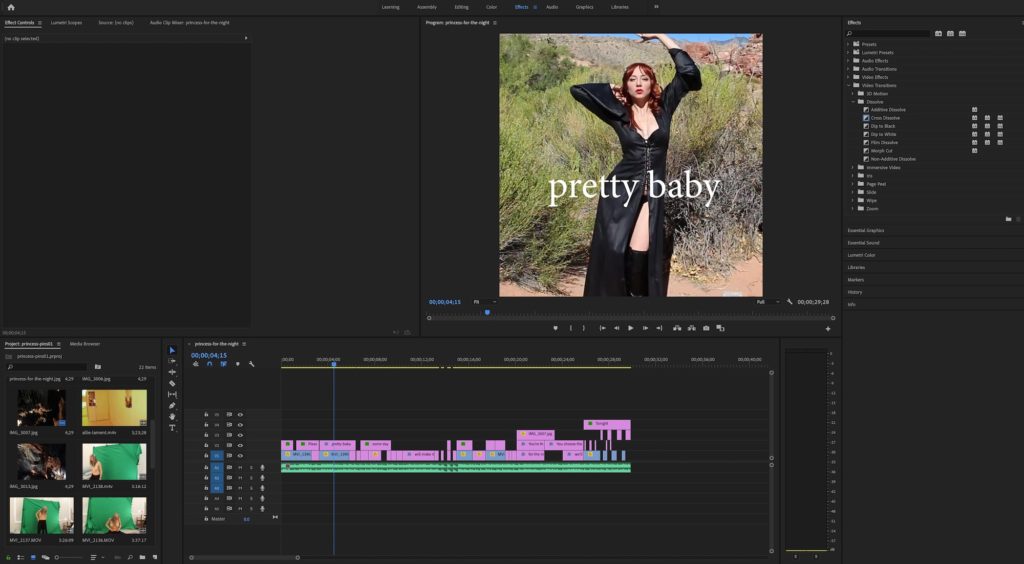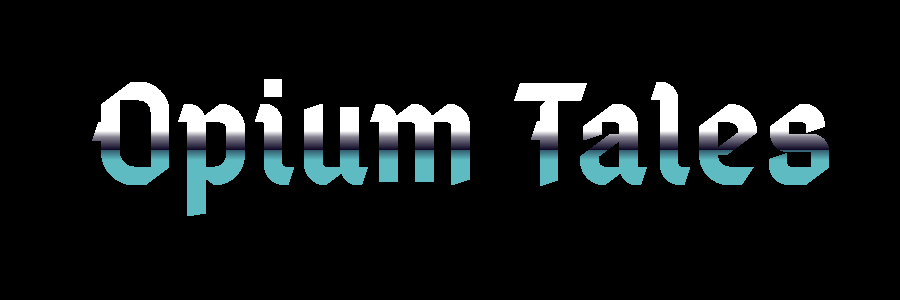We all know the obvious top three ways artists make money – selling paintings, teaching, and commissioned works. But we’re not talking about the obvious ways to make money for artists. We’re talking about side money. And more importantly, two of these methods will make you money in your sleep.
The beauty of two of the three of them is that you can upload them online and never have to do anything else other than collect money (assuming you’re either famous enough that people come to your page or you know what you’re doing when it comes to marketing). If you’re not famous yet, you’ll need to know a bit about marketing to actually make those specific two worth your time.
Online classes
I’m strong at A, B, and C, but weak in X, Y, and Z. However, I came across your website and saw that you have a course in Y. I really want to get better at Y. So I’m going to buy that course from you.
Online courses are where it’s at. I’ve taken quite a few. I’m currently taking Romanian lessons online. I’ve learned a lot of art tips and tricks from online videos or courses. And even books.
Whatever you’re strong at, have you ever considered an online course? You’ll have to know a little bit about lighting, sound, and video editing.
If any one of the three are bad (lighting, sound, or video editing), I’m going to be pissed and will never buy from that person again. However, if you’re teaching the subject matter well, and have good lighting, sound, and your video editing is decent, I may be buying a few more, or possibly even everything you have to offer!
Sound
The sound part is easy. Either have one of those mics you stick on your lapel or talk closely enough to the mic that you can record your sound loudly.
This is the part that I know well. You want to be able to record your sound loud.
From there, go to your computer and look for the specific mic. You’ll have a mic input setting. Talk as you’ll normally talk and check the mic settings. You want to record it loud, but not so loud that it “clips.” If it clips, it’s really bad because it will pop and crack when the person listens to it.
So you want to record it loud, but not too loud.
Also one hot tip – note how your s’s sound. I heard there is good de-essing software out there. That said, it’s much better to learn how to speak without smearing your s’s. If you do, don’t feel bad. Most speakers start off with bad s’s. It’s just something you learn with time.
Lighting
This is my weakest of the three. I shouldn’t be giving advice here so I won’t.
Video editing
I bought Adobe Premier Pro. It’s a $20/month subscription and that’s probably too much for people who only use it occasionally. I actually do a lot of work with it so it’s worth every penny for me.
Sure, there are cheaper and even free options. I won’t cover those because I don’t talk about stuff I don’t know about.
But I can tell you a lot about Adobe Premier Pro. They’re always adding new features and it keeps getting better every year.

I don’t use too many effects because it looks cheesy when people do. But it’s great for quick editing as well as you don’t want pauses or useless interjections. For instance, if you say “um,” “like,” or “and so” a lot, edit those out.
Not everyone’s a professional speaker. But with good video editing, you can certainly sound like one.
The more you record yourself…
The more you record yourself, the better you’ll get. You’ll learn to be fluid simply by doing.
Yes, it’s totally fine to be nervous at first. This may seem counterintuitive but I say power through it. If you have to, make 11 videos and throw the first 10 out.
I got pretty good at speaking on camera simply by doing it tons of times. I’d cringe though if I didn’t delete my first twenty or thirty videos and someone somehow got a hold of them and played them. They were bad! But like I just said, you learn by doing.
So try it. Think of some area you totally kick ass at and make a course showing exactly how you did it. Make sure the course is so good that you feel that it provides value to your customers. Don’t make a course just to make a course. Provide value.
I already have some ideas for online courses for next year. Right now though, I’m scrambling to get ready for a project so my online courses are a smaller priority.
eBooks
You have a collection of works. Have you ever thought of photographing your works and selling them as books?
Even better – you can sell them as eBooks.
I write all these fantasy short stories. I thought to myself “Roman, why don’t you illustrate them and sell them?”
So that’s exactly what I’m going to do.
You could do the same thing. If you’re not a writer, find a writer to work with and illustrate his or her works. Make an offer that works for both of you. If that person is broke, work for a percentage of profit. That will give you some incentive to let everyone you know know about the books as well.
Win/win. That’s how I like to think. I like to see my friends succeed too.
Contract work
I’ve done commissioned work. Same thing. Except online.
You can sell your labor on sites like Fiverr or their competitors. Frankly, I’m too busy to do something like that. But you may have some extra time. If you do, it might be a good way to make a few extra bucks.
Honestly though I don’t think it’s worth it unless you’re just getting started or you’re flat broke. Online contract work is a lot of work for not that much money. Unless you can get a contract through an established company or someone with a good net worth.
So consider those three possibilities. I’m definitely going to do the first two next year in addition to continuing to sell paintings and take commissioned work. Artists should be busy!
